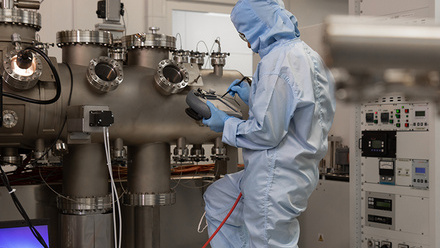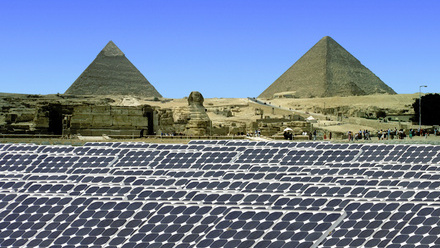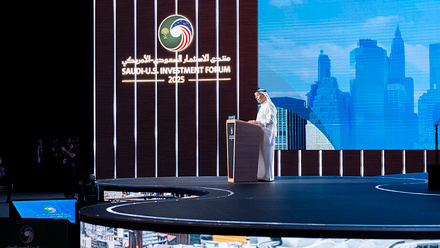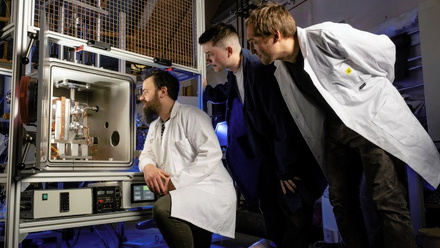Sellafield supply to power space battery
The UK Space Agency and the National Nuclear Laboratory (NNL) are to collaborate on what is said to be the world’s first space battery powered by americium-241.
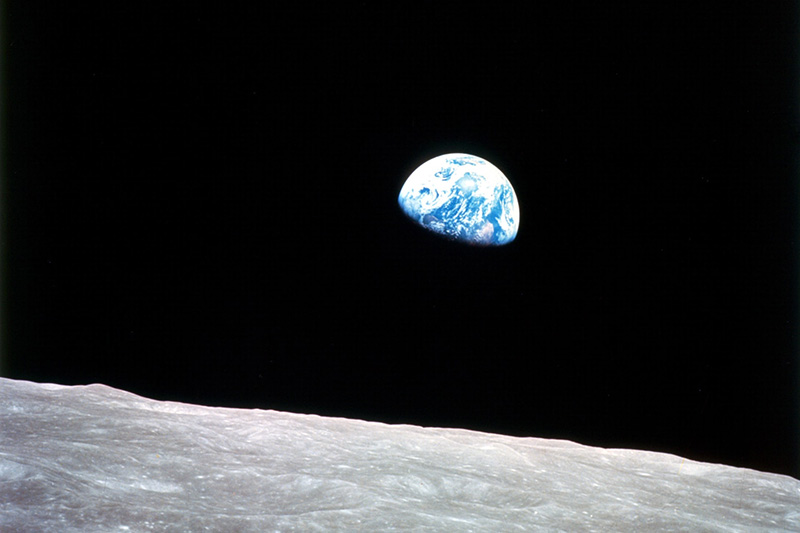
This work, commissioned and funded by the UK Space Agency from NNL, is intended to deliver a sovereign supply of fuel for space batteries in the context of a global shortage, enabling the UK and its partners to pursue new space science and exploration missions.
Atomic space batteries, also known as radioisotope power systems (RPSs), release heat as the radioactivity within them decays. The heat can be used directly to prevent spacecraft from freezing and it can be converted into electricity to power onboard systems. The batteries go on working for decades, without need for maintenance over the many years in which a spacecraft could be travelling.
The support from the UK Space Agency follows the UK’s record investment to the European Space Agency for a range of new programmes, including £22mln for ENDURE (European Devices Using Radioisotope Energy), which will use radioisotopes to develop systems for warming and powering spacecraft.
Considered mission critical technologies by space agencies around the world, until now, they have been powered by plutonium-238, a radioisotope produced only in the US, where supply is limited, and Russia.
NNL has been working on this since 2009, when its researchers first discovered that americium-241, an alternative to plutonium-238, is produced during the radioactive decay of used fuel from nuclear reactors and that it emits power for over 400 years.
The NNL Sellafield site has a large resource of americium-241. It is anticipated that the devices will be used on the European Space Agency’s Argonaut mission to the Moon and for future missions into deep space.



